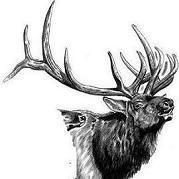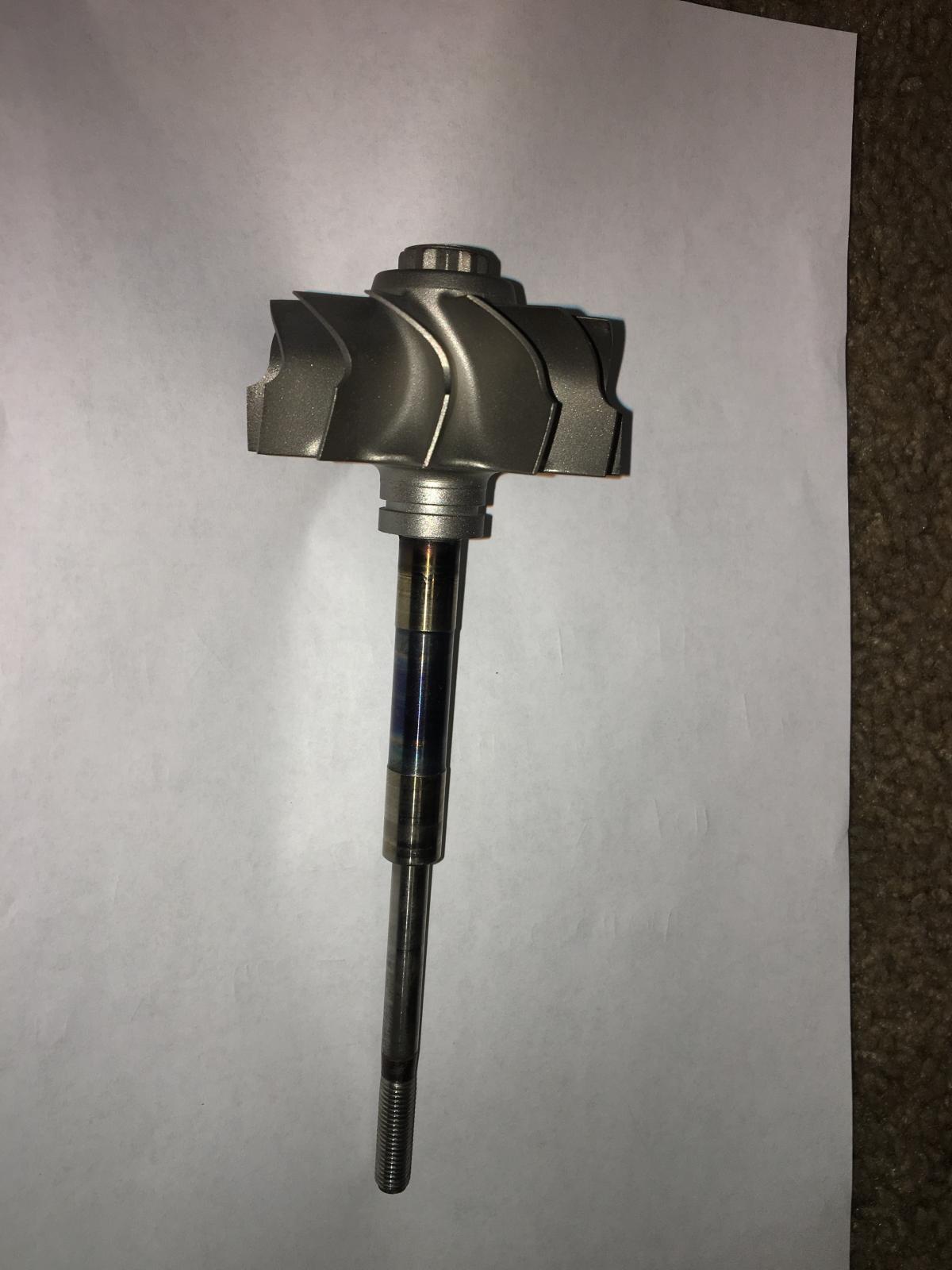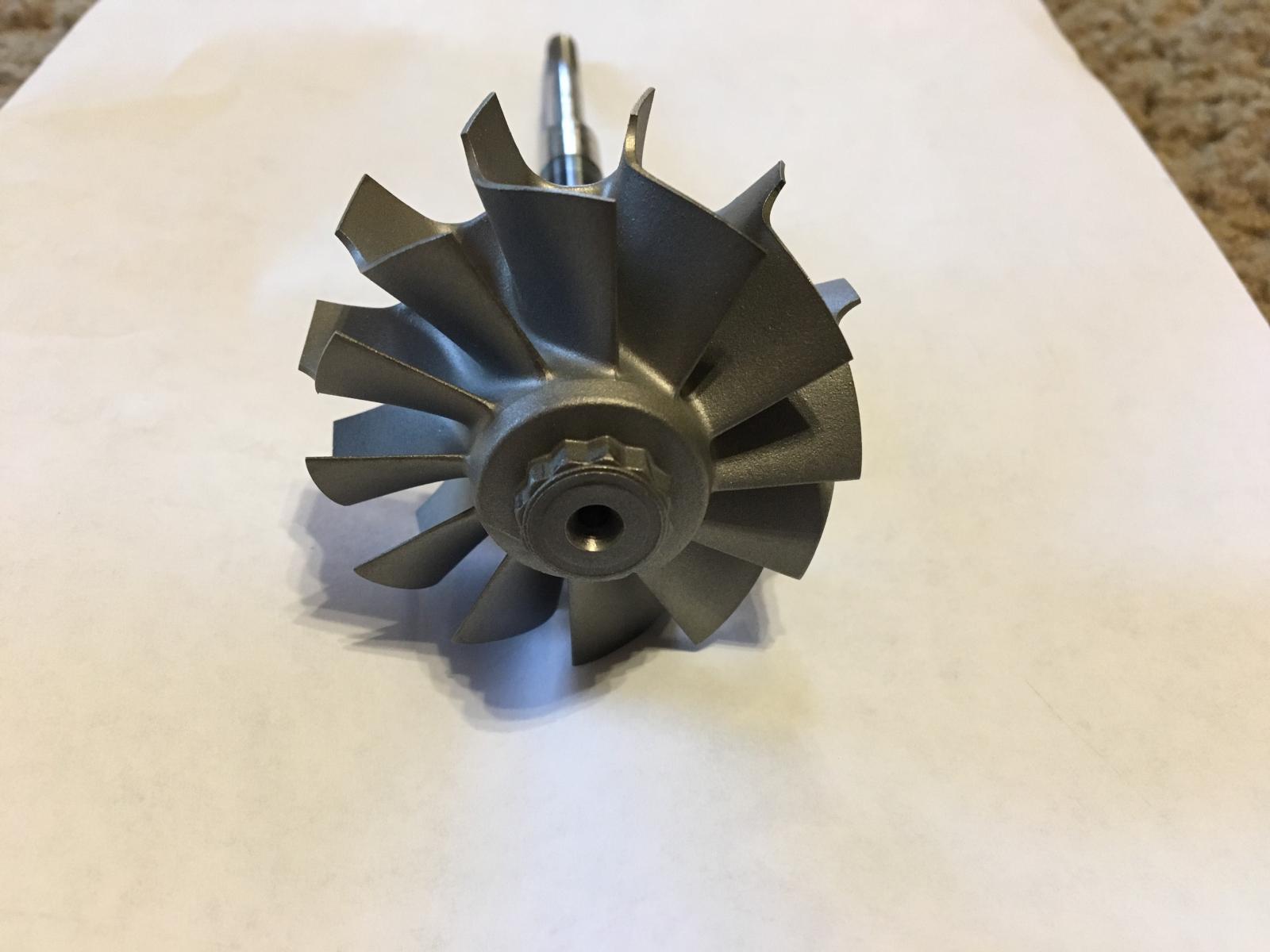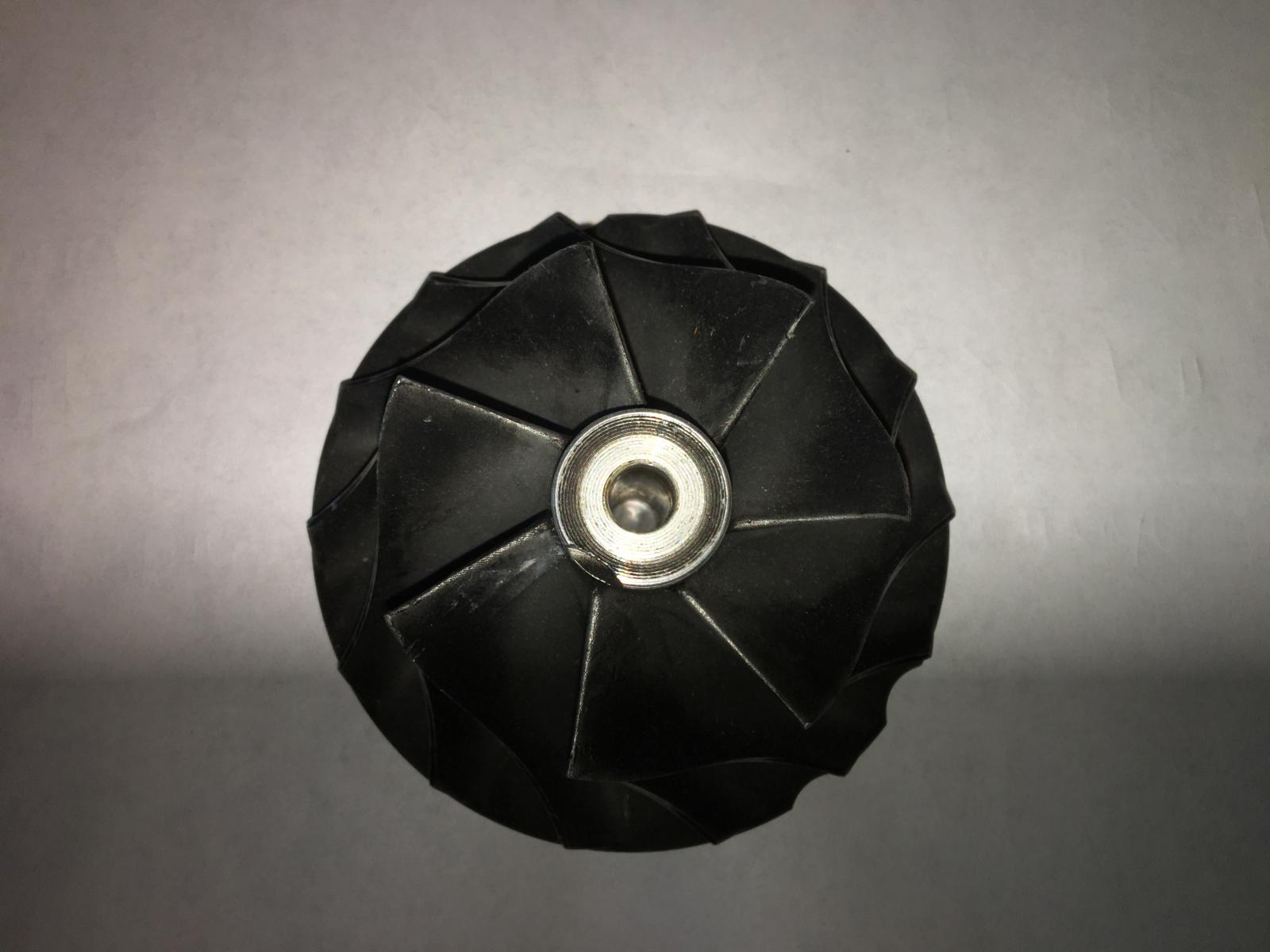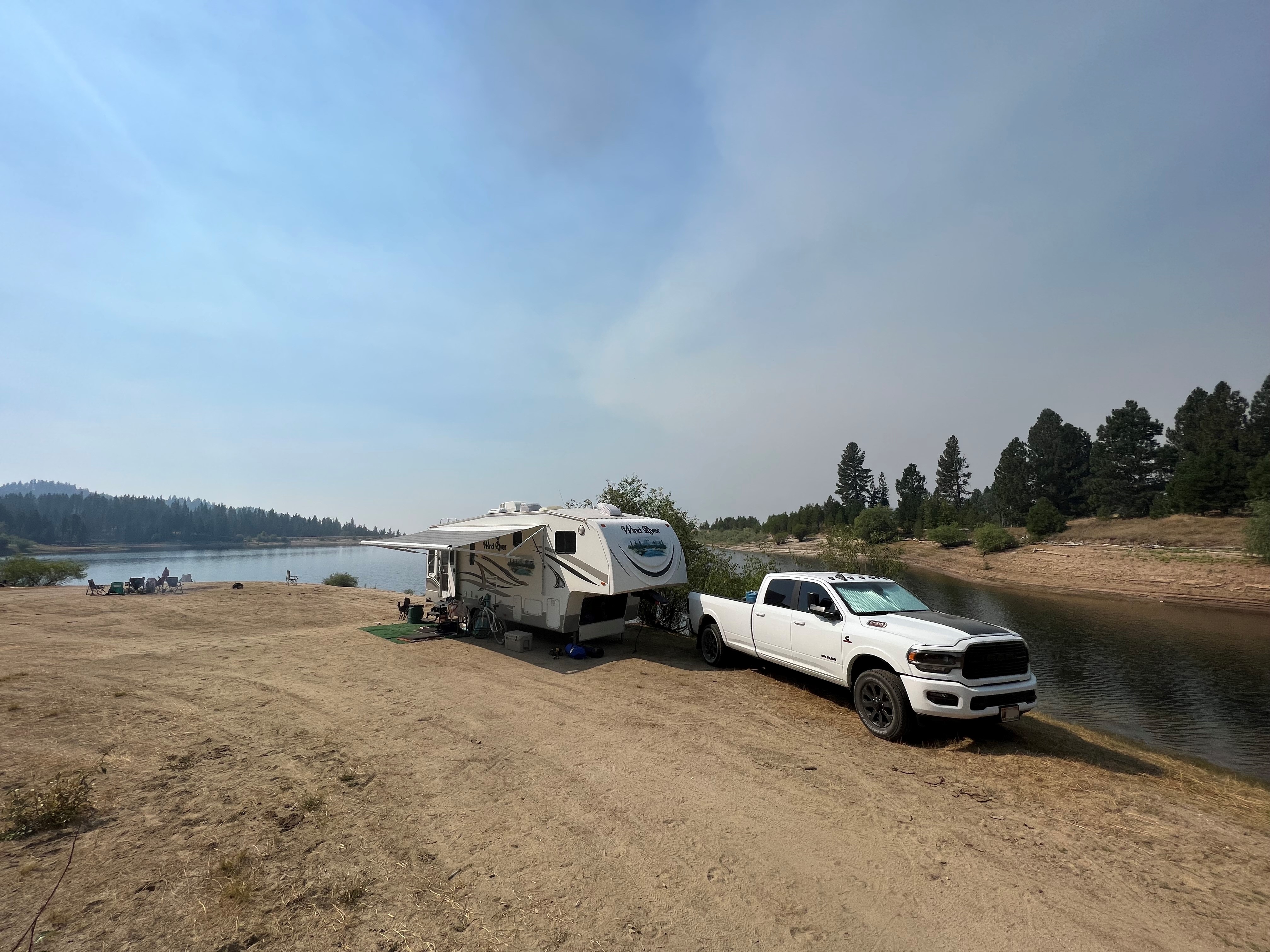
Everything posted by AH64ID
-
Gallon Per Hour Filter size for Primary filter?
Return flow is likely in the 25-40 GPH range. As supply pressure goes up so does return flow. The in tank LP needs a bigger, not by much, than 60 GPH filter. While you won't hit 150 GPH at 15 psi it would not be hard to exceed 60 GPH. Flow must increase to maintain pressure as the burn rate increases. There is also a loss of resistance as burn rate increases which also demands more flow to maintain pressure. The higher pressure requirement of the VP will cause a higher pump flow than a CR motor at lower pressure for the same burn/return rate.
-
Gallon Per Hour Filter size for Primary filter?
I would be skeptical running a 90 GPH filter on a 150 GPH pump, so the 60 would be a very bad idea IMHO. The pump will move as much fuel as required to maintain the set pressure and if you see your pressure drop than means the pump is maxed out on its GPH for that pressure. While the 150 GPH will be rated at 0 psi for 150 GPH it will have the ability to outflow the 60 GPH filter quite easily, when a filter is out flowed you not only restrict flow but you also reduce the filtering capacity, and you're doing so at high power levels when the pressure and flow demand better filtration than cruising around. A clean filter shouldn't have a noticeable restriction. The 100 GPH Raptor with a 90 GPH filter is a much better, and cleaner, combo. If you haven't installed the 150 yet I would return it for the 100. If clearance is that much of an issue then consider mounting your pump/filter higher. But a long story short... the 90 GPH is the smallest filter I would run on a 150 pump, and you should probably go bigger. Most people run too small of filters for their pumps, but that doesn't make it right.
-
Dead pedal issues
So what happens when it's in P/N? Nothing in the engine should cause the rpms to drop to idle while in gear.
-
Verifying HX35/40 turbo size
Good... last thing reliability needs is a blown HG :-)
-
Verifying HX35/40 turbo size
Those are good numbers!! How does the pop pressure compare to stock? 47 psi with timing and stock head bolts??? I'd dial it back or plan on studs asap. With the change in turbine the 47 psi now could be the same as 50+ on the stock turbo.
-
Pre or Post for EGT probe
They each show different things, but if you plan to run just one then run a pre turbo pyro. The post is better for indicating you are lugging as well as proper shutdown temps.
-
Dead pedal issues
Based on your description is sounds more like a trans issue than a pedal issue. If it were a pedal issue you would see the scanner show the TPS changing. If the rpms are dropping to idle while you are in gear and moving the issue isn't with the TPS or engine, but in the trans.
-
Teardown and Rebuild
I know the 3rd gen stock cam is a bit more restrictive, but I have ran 3 different cams (including stock) and have had nothing but excellent results with each cam change.
-
Teardown and Rebuild
Wow, that sucks! I expected more out of them... but then again it's your word vs theirs and they don't know you.
-
Teardown and Rebuild
Yeah, I'd be curious if the cam failure was showing up.... especially since I have a Hamilton cam. My UOA shows far less wear metals than I ever had on the stock motor. Did you call Hamilton?
-
Teardown and Rebuild
Were you doing UOA on the motor?
-
04 keeps eating turbos
Yes same minimums. Warm should idle at 20ish and cruise at 55-65 depending on load and ambient temp.
-
Verifying HX35/40 turbo size
Correct, there is a lot more to a turbo size than their in/ex numbers but its a good ball park.
-
Verifying HX35/40 turbo size
When i locate my calipers I'll do so. I have heard that those 3 share the same turbine wheel before.
-
Verifying HX35/40 turbo size
I need to measure that wheel I have. I've heard 58 from several sources but Holset told me 68x60 on the phone.
-
Verifying HX35/40 turbo size
I forgot these were in the garage. Stock HE351 wheels. I don't have any calipers handy. My reloading stuff is packed away.
-
Verifying HX35/40 turbo size
Yes, but words mean things..... I only had to mention it twice for you to notice :-)
-
Verifying HX35/40 turbo size
60/60/12, so very similar to a HE351 with a larger turbine housing which is a 60/60/9 by most accounts.
-
Verifying HX35/40 turbo size
I consider that a curved blade...?? it also shows why your post 1 turbine labels are backwards. Inducer is bigger on the turbine. I'm sure the CR timing has a little to do with it, but I'd never call the drive pressure on a HE351 descent. 2:1 is super easy to get.
-
Verifying HX35/40 turbo size
Lower cruise boost is a good thing, imho. 40 psi with added timing is the number I'd be watching with stock head bolts, and that's with stock stocks. Since you increased exhaust flow its likely you are moving more air with the same boost pressure.... meaning 40 psi now could be similar to 43 psi with a stock turbine. It's hard to say how much, but it's good either way.
-
Verifying HX35/40 turbo size
http://arp-bolts.com/kits/ARPkit-detail.php?RecordID=1627
-
Verifying HX35/40 turbo size
Maybe in terms in popular in everyday cars. There is no doubt about the benefits of increased voltage across the board.
-
Verifying HX35/40 turbo size
We're just bantering while we wait for Mike's updates.....
-
Verifying HX35/40 turbo size
48v maybe, but electric forced induction would be energy prohibitive even if you could make electric motor 3x efficient as they are today.
-
Verifying HX35/40 turbo size
It may happen in some form, but I don't think it will be absolute, or even the majority, in our lifetime. There is already a DOT war on pure electric vehicles and tax evasion. I suspect that hybrids will be more and more as they are cheaper to operate per 100K miles. The battery replacement on 100% elec vehicles puts their 100K mile costs much higher than most realize, but a hybrid can use a smaller battery and is still paying road taxes. I think that small 1-2 cylinder turbo diesel hybrids will start to become more popular. They would be 30-40% more efficient than current hybrids. I really doubt that technology is anywhere even close, if even possible. Think about the efficiency loss from a turbo to supercharger. Turbo's are using waste energy to increase airflow and superchargers are driven with fuel, almost directly since they are belt driven. If you make the blower electric driven you now have to turn fuel into electricity and then spin a motor which will not be as efficient. The big reason you are seeing DRL's switch to LED's is fuel economy. It's estimate that using halogen low beams as DRL's reduces fuel economy ±1% and that's only 110w on a standard vehicle. In the late 90's when DRL's started become standard and all they mfgrs did was turn on the low beams with a relay the fuel economy loss was hot topic. We have already seen a huge increase in turbo motors over the last few years and I expect that to continue for a long time. Turbo efficiency will get better and economy will go up.


